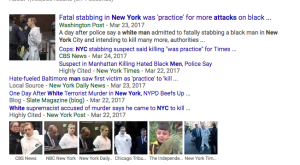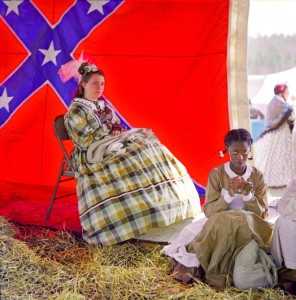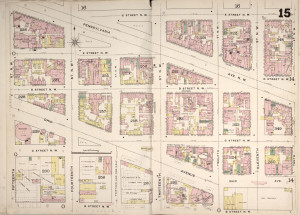Reading through these articles, as well as many of the class’s responses, highlighted an aspect of the community’s wider opinion of reenactment that I suppose I was unaware of. Despite the many years of being made fun of for doing reenactments, no one has ever suggested that by choreographing sword duels and discussing the finer points of foam-tipped archery that I am perpetuating toxic white masculinity. No one has pointed at my hobby and called it inherently racist or sexist before. While these articles in particular focused on black powder reenacting in the United States, there are legitimately dozens of other kinds of reenactments that romanticize the past in similarly historically problematic ways that do not seem to carry the emotionally-charged connotations as those covered in the articles for this week.
Kowalcyzk suggests that the problem rests not in reenacting itself, but in the stories that we choose to tell. The Historiann article suggests that reenactment is a white thing. Both seem to think that the practice is rooted in a deep seated need to return to a time when white men were in control of everything, and that reenactors respond to the rush this simulated power gives them. For some, I’m sure that is true, if subconsciously rather than overtly. In any case, it is interesting to see an argument constructed by non-reenactors as to why so many who engage in the hobby are older, white, and male. I can tell you that reenacting is prohibitively expensive, if you do not have parents willing to fund your eccentricities.
As for Wikipedia, I suppose I can see both sides. As an expert in the field, it would be frustrating to have someone else tell you that incorrect sources are more credible than you are, without a helpful explanation as to why. As for Wikipedia, I imagine they are overworked and underfunded, having to spend much of their time looking for vandalizations. Since many denizens of the internet cannot help but destroy nice things someone else has created, I imagine it makes the editors rather testy to have someone repeatedly change a page after being told no.




